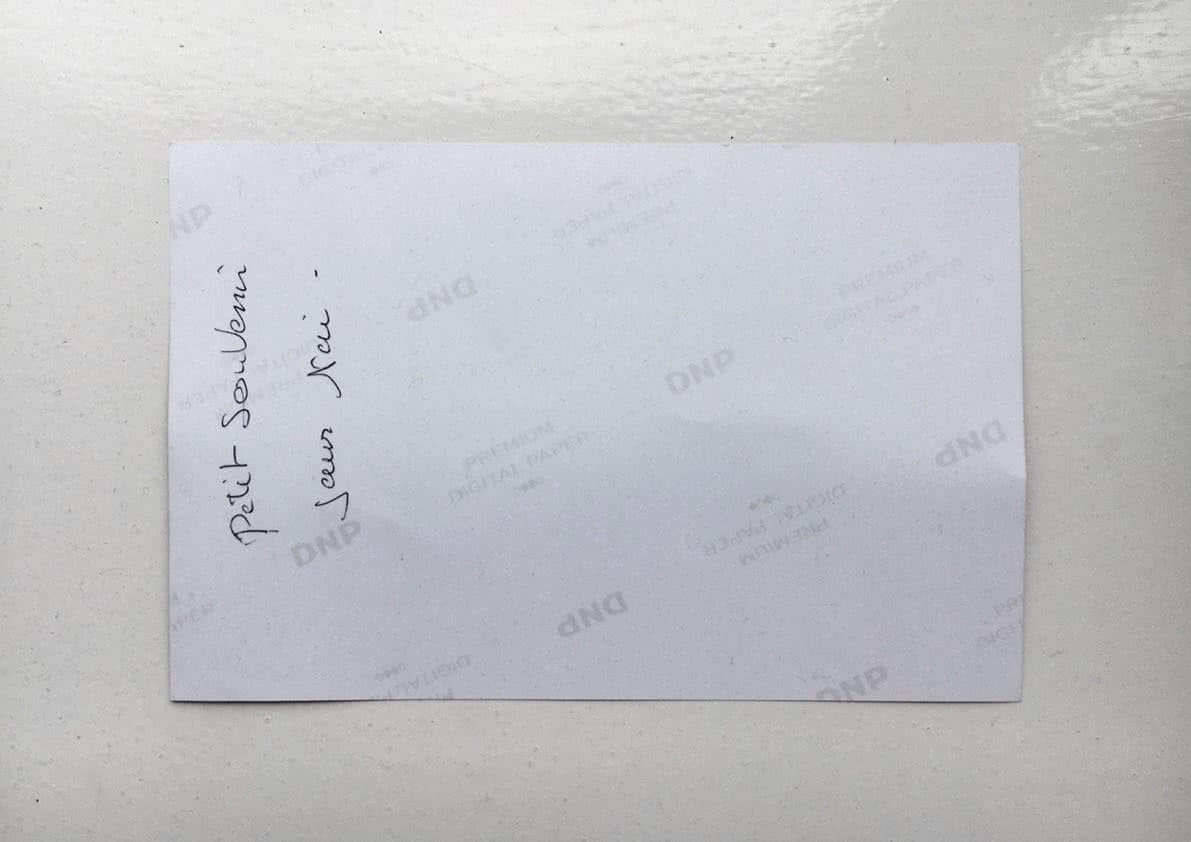


 May 25th, 2020
May 25th, 2020
 4:41 min read
4:41 min read  1289 words
1289 words
There is a poster not too far from my flat. It is displayed on the side of a bus stop, behind a layer of plexiglass. An ad for the latest Burger King sandwiches: Only £4,99 for a double melt, fries, a side and a drink. In the centre of the poster, three impossibly rotund and shiny burgers tower proudly over a small congregation of what appear to be mozzarella sticks. Hiding behind them are a portion of french fries and a dewy glass of coke.
This poster has been here since the beginning of the lockdown, and I see it every time I go out to get groceries. The offer it advertises is most likely out of date, but it is still there.
In the unlit windows of a closed shop, not too far from where the poster stands, the displays are still crowded with chocolate bunnies and pictures of daffodils. The locals in summer clothes barely notice the mannequins dressed in mid-season fashion on their way to Sainsbury’s. This feels a lot like a timestamp to me. A timestamp shaped like an Easter egg. I wonder what will happen to all this untouched chocolate. It’ll probably get thrown away. A shame, really.
Recently, I noticed that the burgers on the posters were not looking so good anymore. The cheese, once appetising, is now resembling some kind of cream-coloured goo. The bread has lost its golden sheen. The fries might as well be made of cardboard. Most of the warm, yellow tones of the image have faded in the sun in the course of the last ten weeks. What is left now is a pale scene starring sickly, vaguely blue junk food. This is apparently due to the fact that UV rays, charged with high energy, break down pigments when they are absorbed. Red and yellow pigments fade first as they absorb most of the high-frequency light and reflect the lower frequency one (which is why they look red and yellow to us in the first place). On the other hand, because they reflect most of the high-energy rays instead of absorbing them, blue pigments are the last to fade. Exposed to sunlight, most images will slowly fade to a blueish hue. Of course, other factors like the nature of the pigments themselves or the quality of the paper have a say in this process. But in most cases, for a printed image, seeing the light of day implies going blue.
Grey has been restless this last week. Like static on an old cathodic screen: seemingly plain, yet frantic. I understand that restlessness is not necessarily a quality that is associated with grey. This, again, is a direct consequence of grey being perceived as passive, dull and bland. My theory is that grey is not looked at intensely enough. Otherwise, this misconception would be less common. In the introduction to his series of lectures titled ‘The Neutral’, Roland Barthes states that for him «the Neutral doesn’t refer to ‘impressions’ of greyness, of ‘neutrality’, of detachment», and that the Neutral «can refer to intense, strong, amazing states». I always get frustrated with this statement. Because again, it portrays grey as something apathetic and motionless. Barthes’ Neutral is something truly grey, something fiery that challenges paradigms and binaries. Still, even for him grey couldn’t possibly be something vibrant and deeply unsettling. A shame, really.
For a few weeks, the machine almost stopped. Confused, we all braced and steadied ourselves as the brakes were being pulled. Now, things are being put in motion again, and I personally can’t help but wince as the gears squeak. Not having to worry when crossing a road was a nice thing to get used to. We looked at the sunset from windows that remained still as we watched, uninterrupted by traffic lights or opening doors.
Things are being kicked into some sort of action, still in a state of uncertainty, with the fuzz of the horizon looming ahead — a familiar sight now. There is some skepticism in this new tint of grey, as ‘normality’ is being waved in front of our faces like a carrot. A promise that everything will go back to the way it used to be. Don’t fret, carry on, go back to work. Your friends in Switzerland are having parties. You can play golf again with your mates, isn’t that exciting? Soon you’ll be able to forget this ever happened. And the worries will go away. Pinky swear.
But things never ‘go back’. There is no time machine. This is a lie, one that ignores the fact that even the things that stay still change. The posters fade, without us having any say in it. Then they are replaced by fresher ones. Displays are switched on in shop windows. Old paintings are restored. Books are rebound. But there is no going back. We will not ‘go back’ to normal. This is a one-way road. We will come out at the end of the tunnel in a completely different place, and that is if there ever was a tunnel to begin with. This place we will call ‘normal’, even if it is new and alien, with nothing to do with what the old normal was — a fresh poster for the latest sandwich.
There is no going back. And the more I think about it, the more certain I am that there will be no aftergrey.

The swallows are back. I noticed it last week. Before I could see them, their calls gave them away. The ...

After the last report, I remembered a picture. I knew it still existed somewhere and, surely enough, I managed to ...